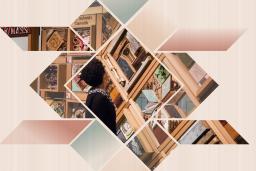Topics: Collective rights
Events
Hope and Light: Honouring the Winter Solstice with a Pipe and Potluck
Saturday, December 20, 2025
Cost: Free, registration required.
Location: Canadian Museum for Human Rights. The group will meet in Bonnie & John Buhler Hall, Level 1 and proceed together to Level 6.
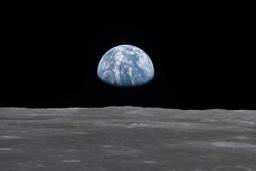
Exhibitions
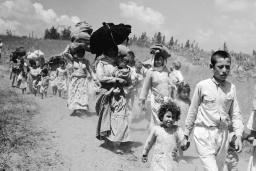
Reclaiming Power and Place
May 3, 2025 – April 5, 2030
Discover how two local Indigenous artists/matriarchs respond to the need for justice by creating awareness through art and action.
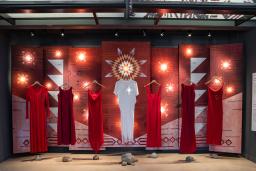
The Witness Blanket
September 20, 2024 – September 20, 2027
Experience the connections between human rights and our shared history in each of the multi‐dimensional, quilt‐like sections of the Witness Blanket.
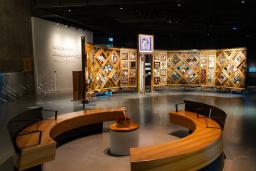
Strength in Numbers: The Polish Solidarity Movement
January 2020 to August 2026
Strength in Numbers demonstrates the power of collective action during one of the largest labour uprisings in modern times.
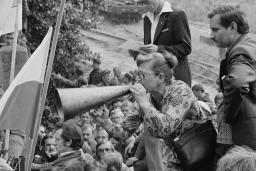
Stories
Shikata Ga Nai / It Can’t Be Helped
By Travis Tomchuk
During the Second World War Japanese Canadians were labelled enemy aliens, forced to leave the West Coast for internment camps or farms, and were dispossessed of their homes and businesses. This story documents the experiences of the Yamadas and Nishiharas during that tumultuous time.
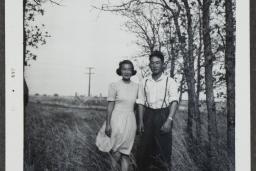
We are Roma
By Gina Csanyi-Robah with Shayna Plaut, Ph. D.
This is our story of activism against injustice, racism and discrimination.
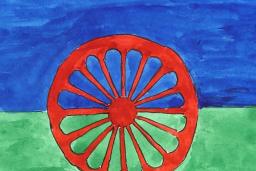
The Re‐emergence of 2Spirit People in the 21st Century
By Albert McLeod
Two‐Spirit individuals were cherished in Indigenous cultures, Albert McLeod writes, but European colonizers imposed rigid, binary definitions of gender and sexuality that activists are working to dismantle.
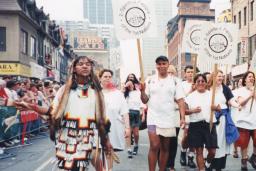
Persecution of queer Canadian soldiers in wartime
By Sarah Worthman
Modern anti‐2SLGBTQI+ hate echoes the myths and prejudices of the past, threatening to erase queer soldiers’ stories again.

Every Canadian’s responsibility
By Karine Duhamel
MMIWG2S+ through the lens of Canadian and international law.
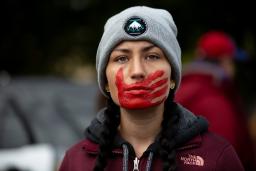
What Is Two‐Spirit? Part One: Origins
By Scott de Groot
Discover the history and meaning of Two‐Spirit. The term speaks to community self‐determination, rejects colonial gender norms and celebrates Indigenous sexual and gender diversity.
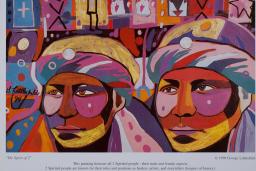
Heartbeat of a People
By Dave McLeod
First Nation, Inuit and Métis music has demonstrated remarkable resilience and adaptability throughout history. Music by the people is still at the heart of who they are, as it has been for millennia.
The Amchitka Campaign
By Barbara Stowe
Music played a key role in the founding of Greenpeace. Joni Mitchell, James Taylor and others played a benefit concert to raise money for its momentous first mission.
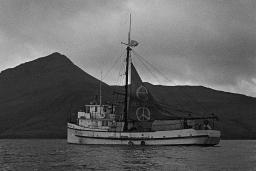
An interview with Tegan and Sara
By CMHR Curatorial Team
Tegan and Sara, identical twin sisters hailing from Calgary, Alberta, have been performing together for more than 25 years. The sisters have openly identified as queer and as such, their music has motivated, encouraged and inspired a generation of LGBTQ+ and feminist fans at home and abroad.
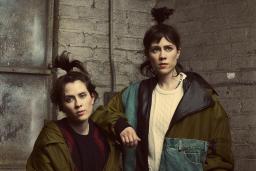
Treaty 3: Honouring its truths
By Carlie Kane
Treaties were meant to ensure peaceful co‐existence between settlers and Indigenous peoples. But they became instruments of colonial control. Together, we can return to the original goal of mutual respect and care.
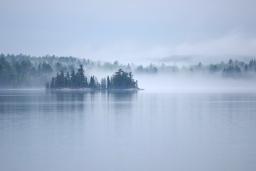
Online misogyny: the “manosphere”
By Steve McCullough
Digital misogyny is on the rise. Why do some men and boys get drawn into – and even seek out – extremist influencers and groups?
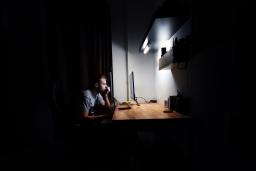
The Doctrine of Discovery
By Travis Tomchuk
Learn about this 500‐year‐old colonial idea that still affects Canada’s treatment of Indigenous peoples.
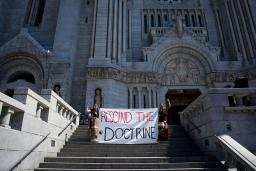
The United Nations Declaration on the Rights of Indigenous Peoples
By Karine Duhamel
What is the UNDRIP and why is it important? What does Canada’s commitment to enact UNDRIP mean? How will it impact treaty rights, land, resources and cultural rights in Canada?
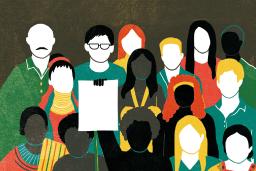
The murder of Elzéar Goulet and the struggle for Métis rights
By Karine Duhamel
Elzéar was raised in the Métis trapping and trading tradition and was killed for his role in the Red River Resistance. His story reflects the long struggle for Métis rights that includes the founding of Manitoba.
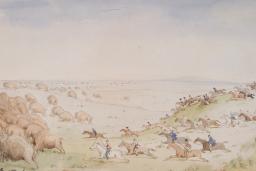
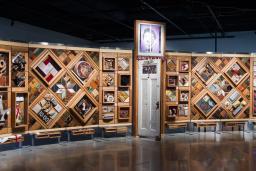
Dick Patrick: An Indigenous veteran’s fight for inclusion
By Steve McCullough and Jason Permanand
Patrick was awarded the Military Medal for bravery in the Second World War, but back in British Columbia he was refused restaurant service because he was Indigenous. That didn't stop him.
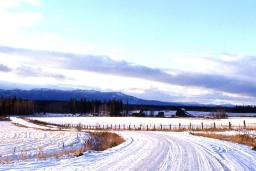
The Wilcox County integrated prom
By Matthew McRae
In 2013, graduating students at a high school in Georgia, held their school’s first‐ever integrated prom, where Black and white students could attend together.
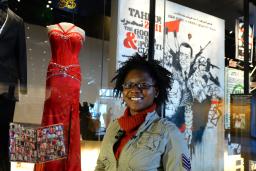
Claiming our rights as a transgender family
By Rowan Jetté Knox
Names and pronouns may change but love stays constant.


Language rights are human rights
By Rémi Courcelles
Exploring Canada’s official languages framework.
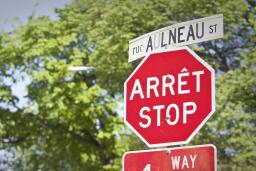
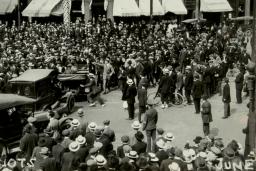
The symbol of Pride
By Karine Duhamel
The story of the iconic rainbow Pride flag. Created by Gilbert Baker in 1978, it is now a worldwide symbol of the fight for 2SLGBTQI+ rights.

The Sharpeville Massacre
By Matthew McRae
Discover how the South African government’s murderous response to peaceful protest inspired local and international action against apartheid.
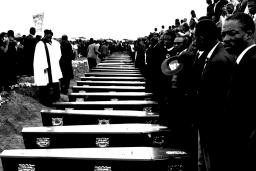
Canadian civil rights trailblazers
By Jason Permanand
For her courage and tenacity, we remember Viola Desmond as a Canadian civil rights pioneer. But did you know she was not the first Black Canadian who fought against segregated theatres?
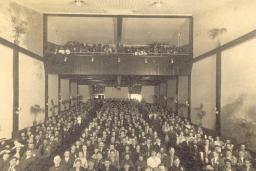
The Two Row Wampum
By Karine Duhamel
The Two Row Wampum, known as Teiohate Kaswenta in the Mohawk language, tells the story of an agreement between Indigenous people and the Dutch. The agreement is founded upon the respectful co‐existence of two different nations.

Viola Desmond: One woman’s resistance
Viola Desmond helped inspire Canada’s civil rights movement by refusing to give up her seat in a movie theatre. Now, she is on the $10 bill.
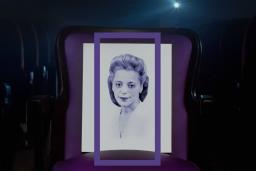
Planting a seed: Creating a community garden at the Museum
By Matthew McRae
My partner and I have a small garden just outside the front door of our home. I will admit that it’s not much to look at.
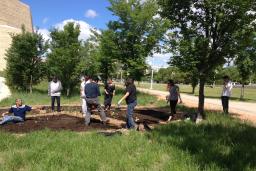
Truth and reconciliation: What’s next?
By Karine Duhamel
This article series has focused on the way we present Indigenous content within the Museum and how we are approaching reconciliation.
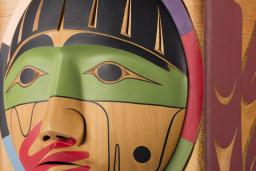
Lighting the Flame at the Pan American Games
By Rhea Yates
Fifty years ago, 10 young Indigenous athletes ran an 800‐kilometre relay from St. Paul, Minnesota, to Winnipeg, Manitoba, carrying the torch that would open the 1967 Pan American Games.
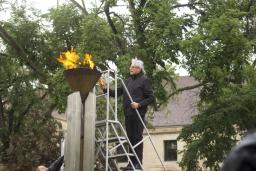
The Chinese head tax and the Chinese Exclusion Act
By Matthew McRae
When he was a little boy growing up in Vancouver, Dr. Henry Yu didn’t understand why his grandfather frequently took him on long walks to visit Chinatown.
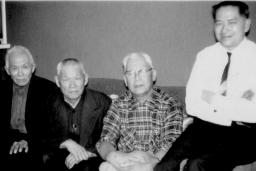
Japanese Canadian internment and the struggle for redress
By Matthew McRae
Before the outbreak of the Second World War, Lena Hayakawa lived what she describes as a very idyllic life.
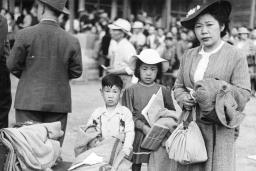
The story of the Komagata Maru
By Matthew McRae
When Nimrat Randhawa and her family immigrated to Canada in the summer of 2003, they arrived completely in the dark – literally.
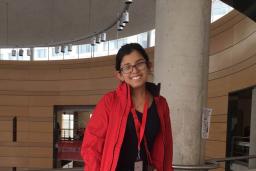
Approaching the human rights stories of Indigenous peoples
By Karine Duhamel
This article focuses on the creation and development of exhibition content exploring the human rights stories of Indigenous people in this country. To tell these stories, the Museum engaged with communities and individuals in a process of truth‐telling.
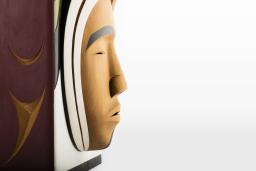
The nuts and bolts of reconciliation
By Karine Duhamel
As a child, I often visited museums. I was lucky to be able to travel with my family, and to visit interpretive spaces across the country.
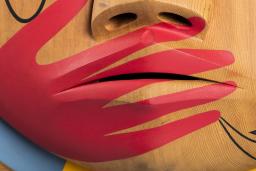
Why reconciliation? Why now?
By Karine Duhamel
Since the publication of the Truth and Reconciliation Commission of Canada’s final report in 2015, more and more Canadians seem focused on the idea of reconciliation.
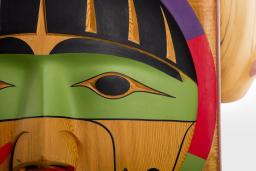
Black sleeping car porters
By Travis Tomchuk
Black men employed as sleeping car porters in Canada from the late nineteenth century until the mid‐1950s experienced racial discrimination and exploitation on the job.
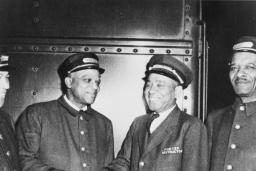
Reconciliation: A movement of hope or a movement of guilt?
By Karine Duhamel
In Why reconciliation? Why now? I talked about the idea of reconciliation as an invitation to a new and shared future and as a pathway towards a good life, both for Indigenous people and for other Canadians.
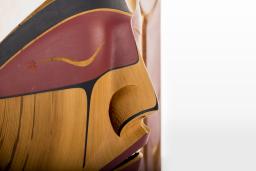
Resource guides
Missing and Murdered Indigenous Women, Girls and 2SLGBTQI+ People
In this guide, you will find links to resources related to the epidemic of missing and murdered Indigenous women, girls and 2SLGBTQI+ people in Canada and the United States.
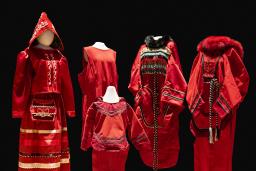
Web projects
The Witness Blanket
This monumental work of art honours Survivors of Canada’s residential schools. A new website lets you learn from their experiences and bear witness to their stories.
